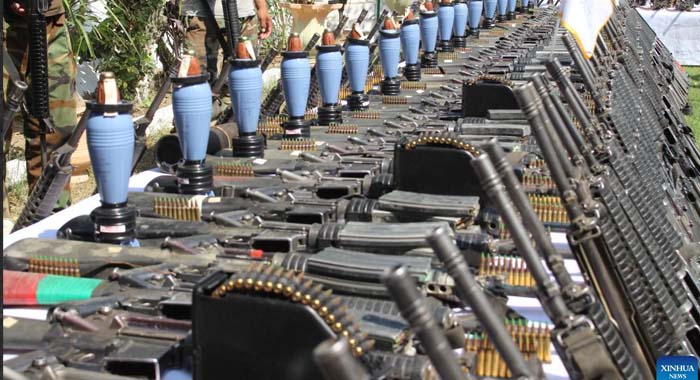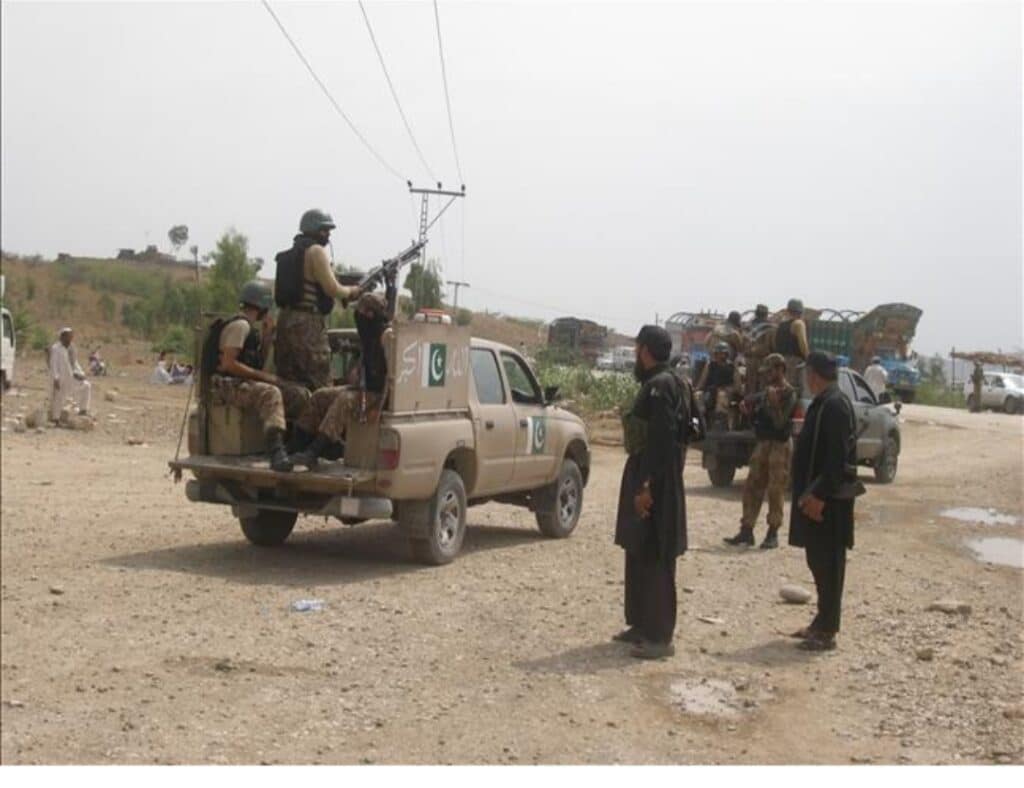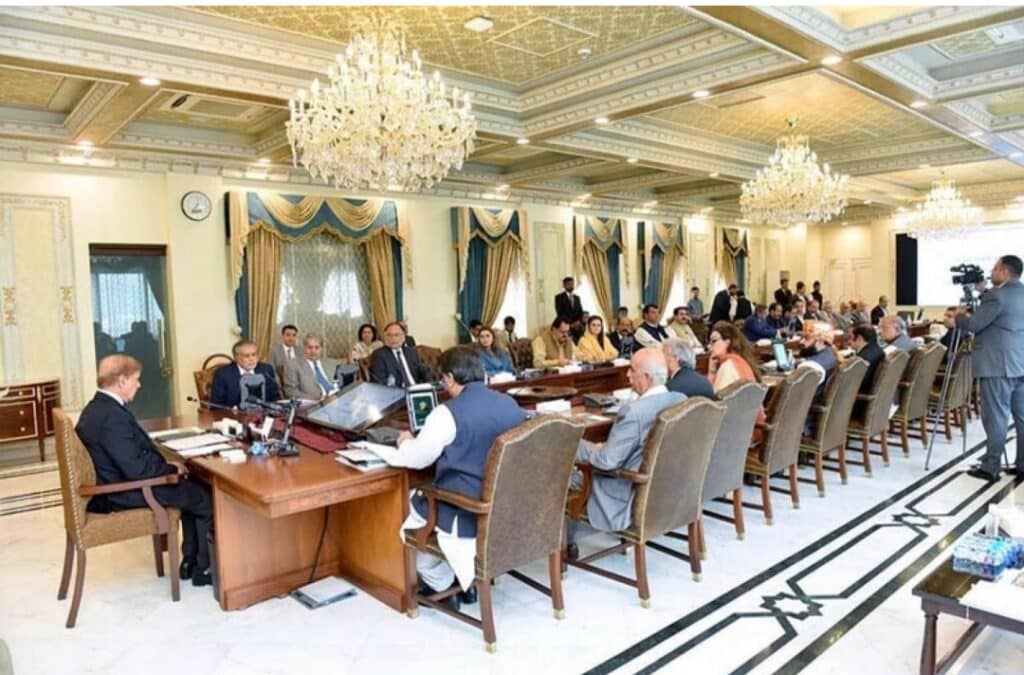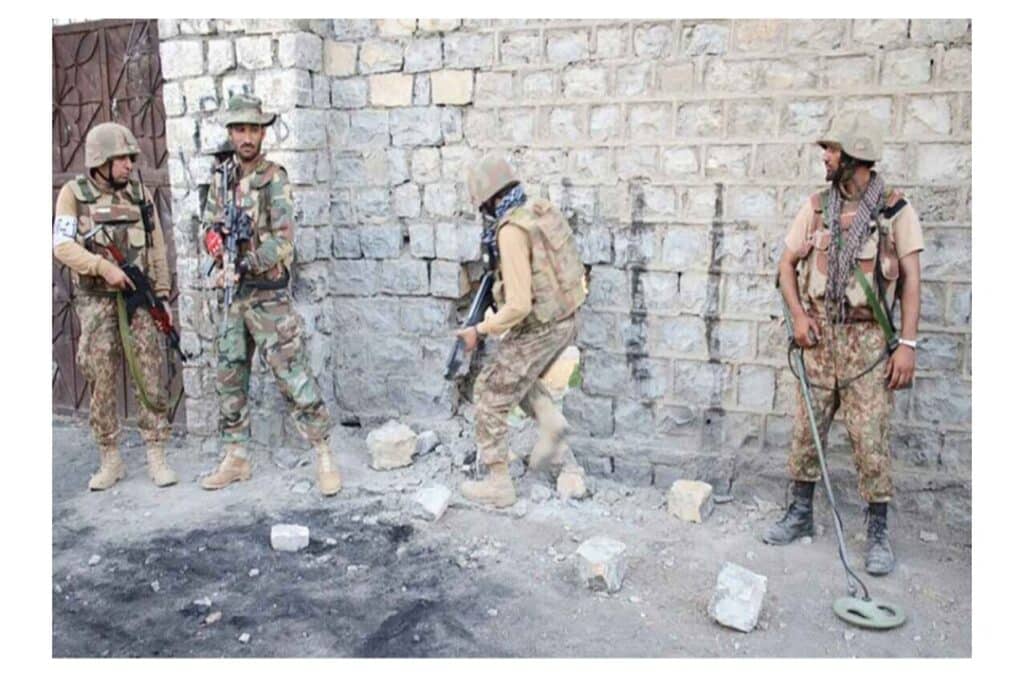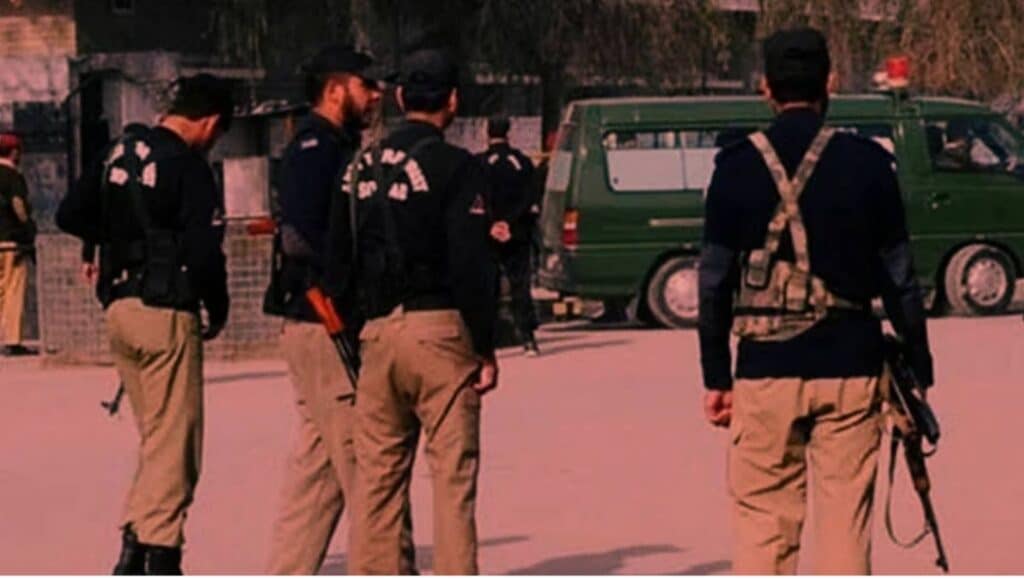The year 2025 will be remembered as the moment when Afghanistan’s Taliban regime crossed a dangerous threshold not merely through negligence, but through active decisions that empowered the Tehreek-e- Taliban (TTP) to wage the most technologically advanced insurgency Pakistan has ever faced. The decree quietly issued from Kandahar restricting access to Afghanistan’s military stockpiles was framed as internal discipline. In reality, it marked the consolidation of power by an increasingly insular leadership that has presided over the flourishing of the region’s most lethal arms bazaar.
The Taliban claim to have tightened control over their weaponry by centralising armouries under Hibatullah Akhundzada’s loyalists. Yet, the black market has thrived more vigorously than at any point since 2001. That is not a coincidence it is the natural outcome of the Afghan Taliban’s permissive ecosystem of smugglers, dealers, and facilitators who operate across Khost, Paktia, Paktika, Kunar, Nangarhar, Helmand, and Nimroz. The collapse of Kabul in 2021 created the initial flood; Taliban rule ensured the river never dried.
Today, TTP fighters are not roaming the mountains with rusty AK-47s. They are carrying American-made M4s equipped with laser-assisted night-vision scopes. They are firing 82mm recoilless guns designed to punch holes through reinforced military fortifications. They are modifying artillery shells into RPG-compatible rounds in makeshift workshops. And they are conducting night raids with a precision that was once the exclusive purview of state militaries.
These capabilities did not materialise out of thin air. They were purchased openly, in Taliban-governed Afghanistan, from Afghan Taliban-linked smugglers and protected transport networks.
The Afghan Taliban’s apologists insist their regime poses no threat to regional stability. Yet the evidence contradicts this claim at every turn. Pakistani Taliban fighters now buy American M4 rifles for $4,285 each a steep increase signalling not scarcity, but demand. The demand is driven by TTP units that have relocated to Afghanistan under Taliban protection. Veteran smugglers like Haji Matiullah, once operating from Waziristan, now run their lucrative operations from Khost and Paktika with impunity, openly supplying TTP, al-Qaeda affiliates, Baloch separatists, and Iran-opposed militants.
The very regions where the Afghan Taliban boast of restoring “security” have become hubs for some of the world’s most dangerous non-state groups to modernise their arsenals.
Night-vision combat once a domain of NATO troops is now firmly in the hands of militants targeting Pakistan. Afghan Taliban marksmen assist TTP units in disabling surveillance systems before coordinated attacks. American grenade launchers firing artillery-like rounds at distances of 1,500 metres have replaced the Taliban’s old Soviet-era rocket systems.
And while the Taliban collect their own weapons in Kandahar under strict central authority, they have shown no appetite for dismantling the parallel black-market economy that fuels TTP’s growth. On the contrary, it flourishes under their watch.
Even more alarming is the evolution of TTP’s bomb-making capabilities again, courtesy of supply lines flourishing inside Afghanistan.
Ammonium nitrate and potassium nitrate arrive through Taliban-controlled corridors from Iran. Advanced detonators and Iranian primacord, once rare, now enter in bulk through Helmand and Nimroz. Afghan smugglers themselves confirm that Noor Wali Mehsud’s faction bought out entire stocks of Iranian primacord in 2022 an impossible feat without Afghan Taliban acquiescence.
The TTP has moved beyond crude IEDs. They now employ synchronised explosives systems identical to those used by the Afghan Taliban against NATO forces: carefully measured cuts of primacord, industrial-grade blast coordination, and high-speed detonation waves of up to 8,000 meters per second. These methods are not improvised they are inherited.
The geography of Taliban rule is now the geography of TTP’s deadliest innovations.
The Taliban’s leadership insists they are mediators, urging “restraint” and “dialogue” between Pakistan and TTP. But no state can credibly mediate a conflict while hosting, equipping, and enriching one party to that conflict.
Akhundzada’s regime controls every granular aspect of Afghan society media, judiciary, women’s lives, provincial appointments—but when it comes to the multi-million-dollar arms trade fueling cross-border terrorism, the Taliban suddenly plead helplessness.
This is not helplessness. It is policy by design. Their refusal to act has transformed Afghanistan into a sanctuary for militants preparing assaults on Pakistani soil, using weapons that passed through Taliban-controlled checkpoints, safehouses, and supply routes. Pakistan faces a rejuvenated insurgency not because TTP found new ideological resolve, but because the Taliban gave them new tools, new shelter, and new opportunity.
The world cannot continue viewing the Afghan Taliban as an isolated domestic authority with limited impact beyond its borders. They preside over the most significant transfer of advanced weaponry to non-state actors in South Asia since the Soviet withdrawal. Their territory functions as a logistical base for groups they claim to “contain.” And their internal consolidation has only strengthened the networks that profit from Pakistan’s instability.
For Pakistan, the message is stark: the Afghan Taliban are not neutral bystanders. They are the single most important enabler of TTP’s lethal resurgence. For the international community, the conclusion is unavoidable: a regime that cannot or will not—dismantle the militant infrastructure on its soil is a regime that must face diplomatic, economic, and strategic consequences. Afghanistan under Taliban rule is once again exporting violence. This time, however, the export is more refined, more precise, and more devastating than anything witnessed in the past four decades.
And Pakistan is paying the price.

